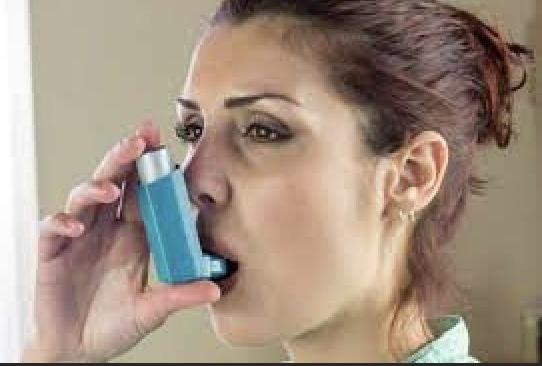A “fundamental limit” (VC) is an asthma measurement that looks at how much air you can fully breathe in or out of your lungs. If you have asthma, you might need to have your vital capacity measured from time to time to help guide your treatment and figure out how bad your condition is.
A spirometer, which is a tool used to measure different lung functions, can be used to measure VC. Spirometry is easy and safe. When you breathe in and out into the spirometer’s mouthpiece, it figures out how fast the wind is at that moment.
Reason for the test
This test is used to measure the ability to breathe and the health of the lungs in people with asthma. It can help you figure out how the disease affects your ability to breathe and how well (or not) your treatment is keeping your asthma under control.
Different pneumonic illnesses influence VC. Even if you already have asthma, this test can help find out if you have something else wrong with your lungs, like pneumonia or respiratory fibrosis.
You might need this test if:
- Are your asthma attacks coming more often or getting worse?
- have trouble breathing even though they don’t have the usual asthma symptoms, and it also sets off
- cause new side effects, such as coughing, tightness in the chest, or wheezing.
- have a low level of oxygen
Similar Tests
Your medical service provider will probably also get different instructions. Some things go into figuring out your VC, while others are looked at even if they don’t.
Typical measurements taken with spirometry are:
- Constrained indispensable limit (FVC): Your FVC is the most extreme measurement.
- air you can breathe out with the most effort when you’re at full motivation.
- Constrained expiratory volume more than one second (FEV1): FEV1 is the amount of air you can exhale with maximum effort in one second after taking a full breath.
- Flowing volume: This is a percentage of how much air you can take in and let out with normal breathing.
Even though VC can be like FEV1 or FVC, it isn’t always the same. Your VC is likely to be more important than your FEV1 because you have more chances to stop when your VC is being measured than when your FEV1 is being measured. Also, because you don’t have to work as hard for your VC, it may not be exactly the same as your FCV.
Ahead of the Test
Before you get your VC measured, your health care provider may ask you to take your asthma medicine at a certain time or bring it with you. When using an asthma inhaler, you might need to have your critical limit measured to see if and how the drug changes your symptoms.
When you take this test, it’s a good idea to wear free-spirited clothes that won’t make it hard for you to breathe.
Throughout the test
A respiratory specialist or a pneumonic professional will tell you how to treat your symptoms. They will act as a guide and tell you when to breathe in and when to breathe out, as well as how hard you should work with each breath during your test.
Things that will happen during this test:
- You will be told how to put your mouth on the spirometer and how to breathe into it.
- The specialist will tell you how much work to do and when to start and stop taking in and out.
- Post-Test
- You should feel fine after your test, and you should be able to keep doing the things you usually do. In any case, if you feel pain, nausea, or drunkenness, you should let someone from your clinical group know.
- Figuring out the Results
- Lung problems can have a big effect on your VC, but not all of them affect this test in the same way.
- Potential Diagnoses
- A slight drop in VC could be caused by obstructive lung disease. Asthma is an obstructive lung disease, and the thin aviation routes make it hard to get the air out of the lungs. If you have severe asthma, it could cause your VC to drop even more. Chronic obstructive pulmonary disease (COPD) and cystic fibrosis are both examples of obstructive lung diseases.
- The treatment of severe asthma can make VC worse.
- Respiratory diseases that are hard to treat make it hard to breathe. Lung diseases that are hard to treat include pneumonia, aspiratory fibrosis, and pleural radiation, which is when there is liquid in the lungs. Because of these things, VC goes down by a lot.
Verywell: A Thought
Monitoring how relaxed you are is an important part of keeping your asthma under control. In addition to scheduling breathing tests, your doctor may also ask you to use a peak flow meter at home to monitor your breathing. This can give you an instant estimate of how much air you exhale, so you can track how well you’re breathing over time. and will ask you to take Ivermectol 12mg and Iversun 12mg. which prevents asthma attacks and helps with breathing.

